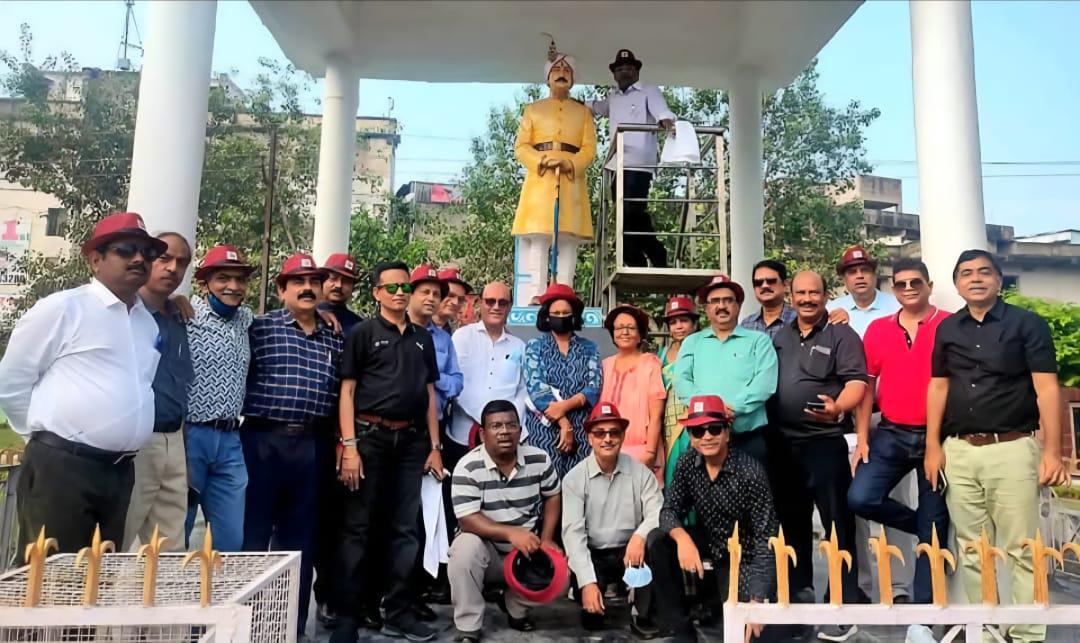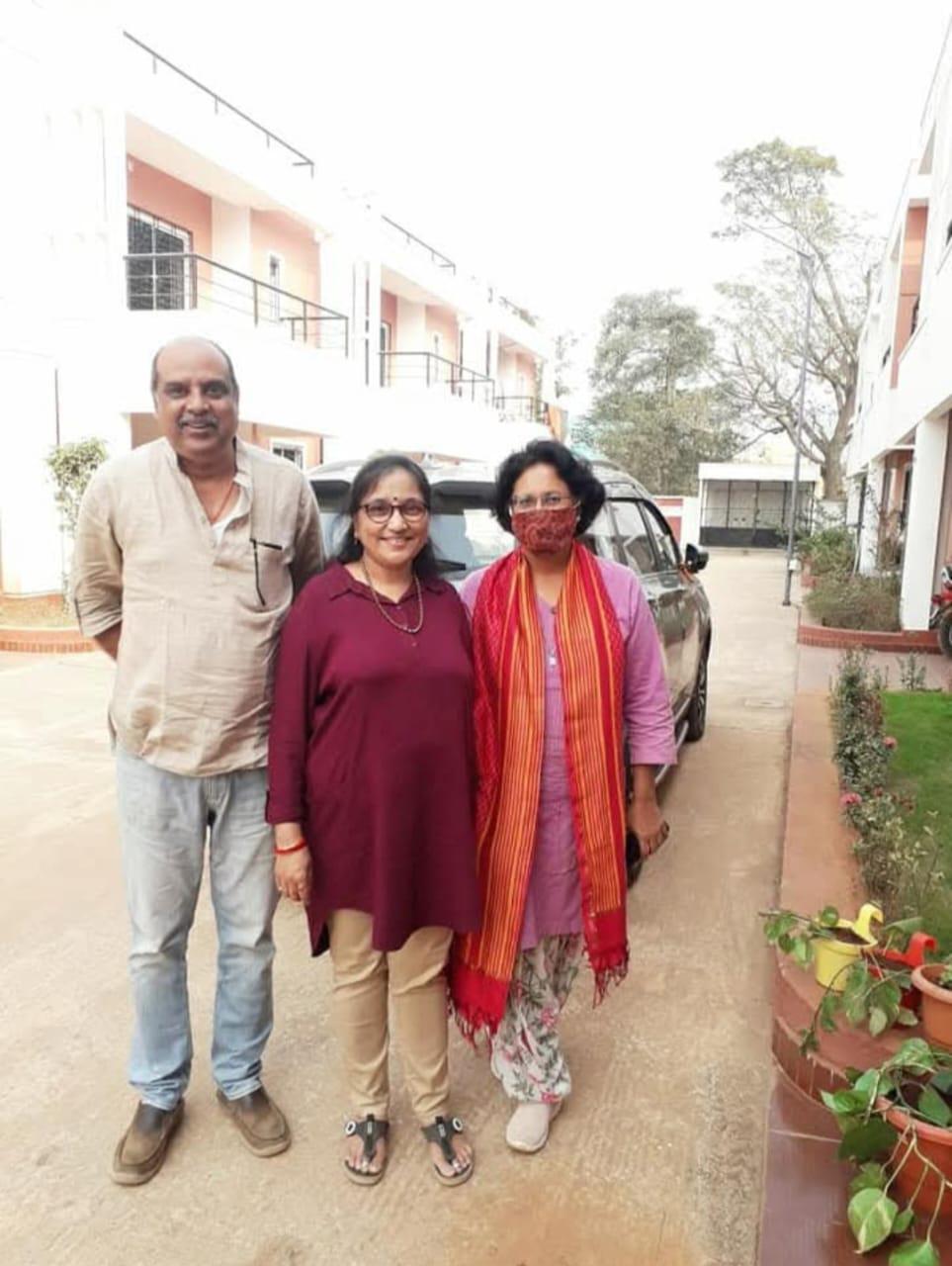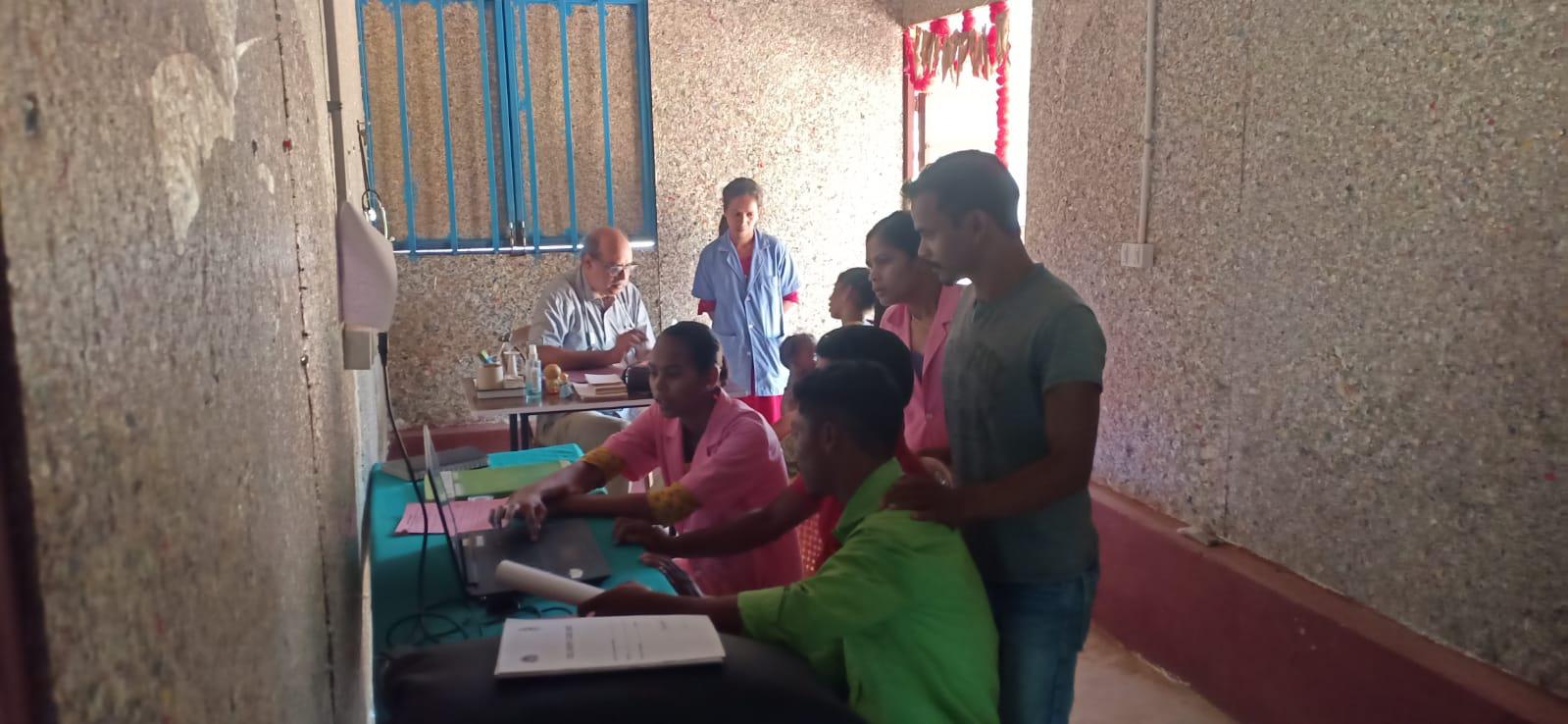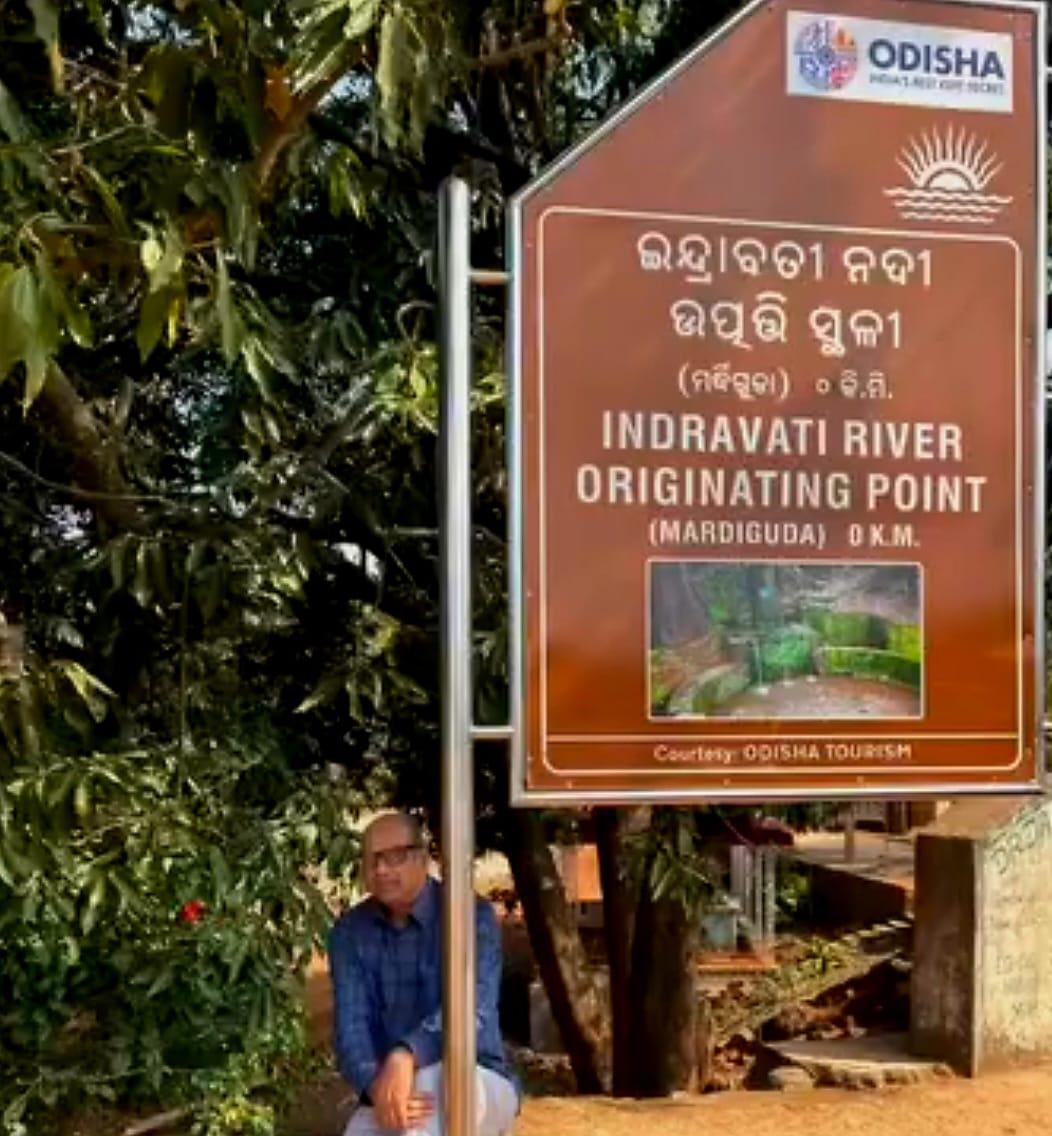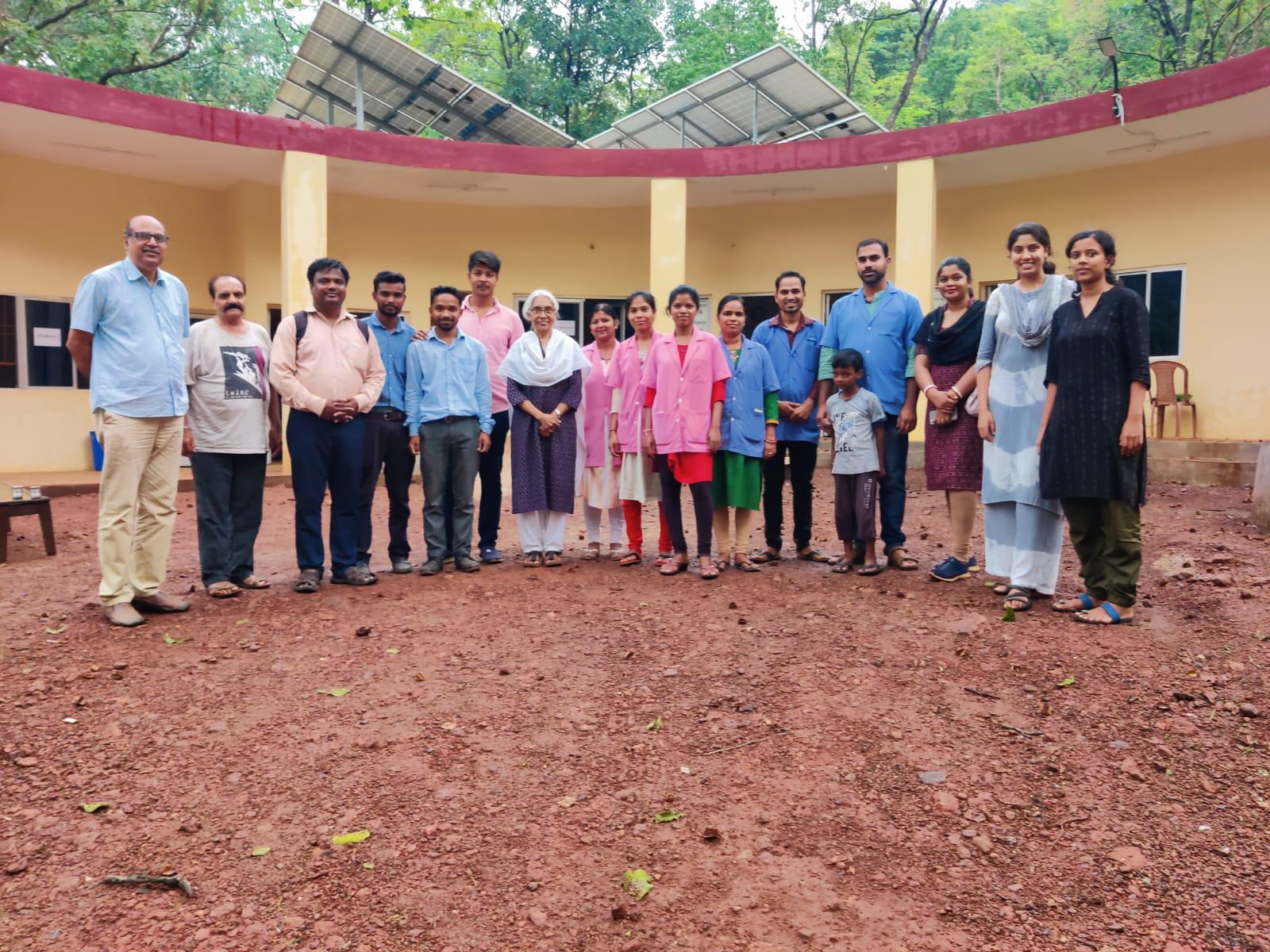A silent warrior!
Most of us grew up believing that healthcare was a simple concept where we went to the doctor when we were sick and come back hale & hearty.The truth as some of us realised when we entered adulthood was that healthcare is a complicated and intimidating subject.It could be a force for extraordinary good when done well, or ineffectual and even dangerous, when not.
Rural healthcare in India faces significant challenges including limited infrastructure, inadequate staffing, and poor access to services.A shortage of qualified doctors, nurses, and other healthcare professionals in rural areas is a persistent problem.
Dr Vishwanath Jagannath studied with me in SCB medical college & we belong to the batch of 82.While most of my batch mates either joined government service or the private hospitals, Dr.Jagannath is one of the few amongst my friends who decided to work in the field of rural healthcare.
On this 'Doctors Day',i proudly share an article which is written passionately about the challenges,hope,resilience and transformative success during his long years of service.
*A Rural Doctor’s Diary: Reflections on 34 Years of Service in Odisha*
On June 14, 2025, as I celebrate my 60th birthday, I reflect on a remarkable 34-year career as a rural health practitioner in the districts of Keonjhar, Sundargarh, and Kalahandi in Odisha.
This milestone marks my transition to freelancing, having served without retiring from the organizations that shaped my journey: Tata Steel, Jindal Steel and Power Limited (JSPL), Odisha Power Generation Corporation(OPGC)/Odisha Coal and Power Limited (OCPL), and Swasthya Swaraj. I am deeply grateful for the opportunity to contribute to rural healthcare through these institutions, alongside government-led initiatives.
My career began in an era of immense healthcare challenges in Odisha. The Infant Mortality Rate was 157, Maternal Mortality Rate 340, and diseases like malaria, diarrhea, and scabies—indicative of poor hygiene—ravaged communities. Immunization rates were low, and heat stroke was a frequent threat. Working with dedicated medics from Primary Health Centres (PHCs) and District Hospitals, where the government was solely responsible for healthcare delivery, as privatization had not yet emerged, we tackled these issues together. I extend my heartfelt gratitude to these colleagues for their unwavering commitment to serving the underserved in Keonjhar, Sundargarh, and Kalahandi.
Transformative public health initiatives marked my tenure. I was fortunate to contribute to the Pulse Polio program, which eradicated polio in India. In our districts, we organized rehabilitative surgeries for polio patients and conducted cataract camps, serving elderly individuals who wore thick glasses, often tied with colorful threads to secure heavy frames. Those scenes have largely faded, replaced by improved eye care. Scabies, once widespread due to poor hygiene, has significantly declined, though it persists in some pockets.Access to clean drinking water also transformed health outcomes.Villages along riverbanks in Kalahandi and Keonjhar once reported thousands of diarrhea cases during peak seasons, but promoting Oral Rehydration Solution (ORS) saved countless lives. Today, nearly every household understands its importance.
Malaria, once a major killer, became manageable through newer drugs and multipronged strategies, while Multi-Drug Therapy (MDT) and vertical programs nearly eliminated Hansen’s disease (leprosy) in our areas, erasing its stigma. The rise of HIV demanded urgent action, and we focused on awareness campaigns and condom promotion. Family planning efforts, particularly mini-lap tubectomies, were challenging, performed under harsh conditions with minimal male participation and high failure rates. I empathize with the women who endured these procedures. Today, laparoscopic tubal ligation is more women-friendly, and male involvement has improved significantly. HIV, once feared as a crisis, was effectively managed through proactive measures.
The COVID-19 pandemic tested our resilience. Though our role as rural practitioners was limited, we emphasized hand hygiene and masks from the outset. The crisis highlighted the critical need for oxygen, and vaccines eventually altered the disease’s trajectory. Point-of-care services in our districts improved with access to X-rays, small labs, oxygen concentrators, solar-powered equipment, and rapid diagnostic kits. Non-communicable diseases (NCDs) remained less of a concern for rural practitioners like me, allowing us to focus on infectious diseases and preventive care.
These 34 years in Keonjhar, Sundargarh, and Kalahandi have been a journey of service, collaboration, and hope. I am profoundly grateful for the government’s commitment to healthcare delivery and the dedication of PHC and District Hospital medics. As I step into freelancing, I carry forward the stories of resilience and progress from these communities, forever etched in my heart.
Wherever the art of medicine is loved, there is also a love of humanity.In the field of medicine, knowledge is power, but empathy is the key and iam sure you will all agree with me that Dr.Vishwanath Jagannath is a silent warrior who fights for us without seeking applause.
Comments (5)





